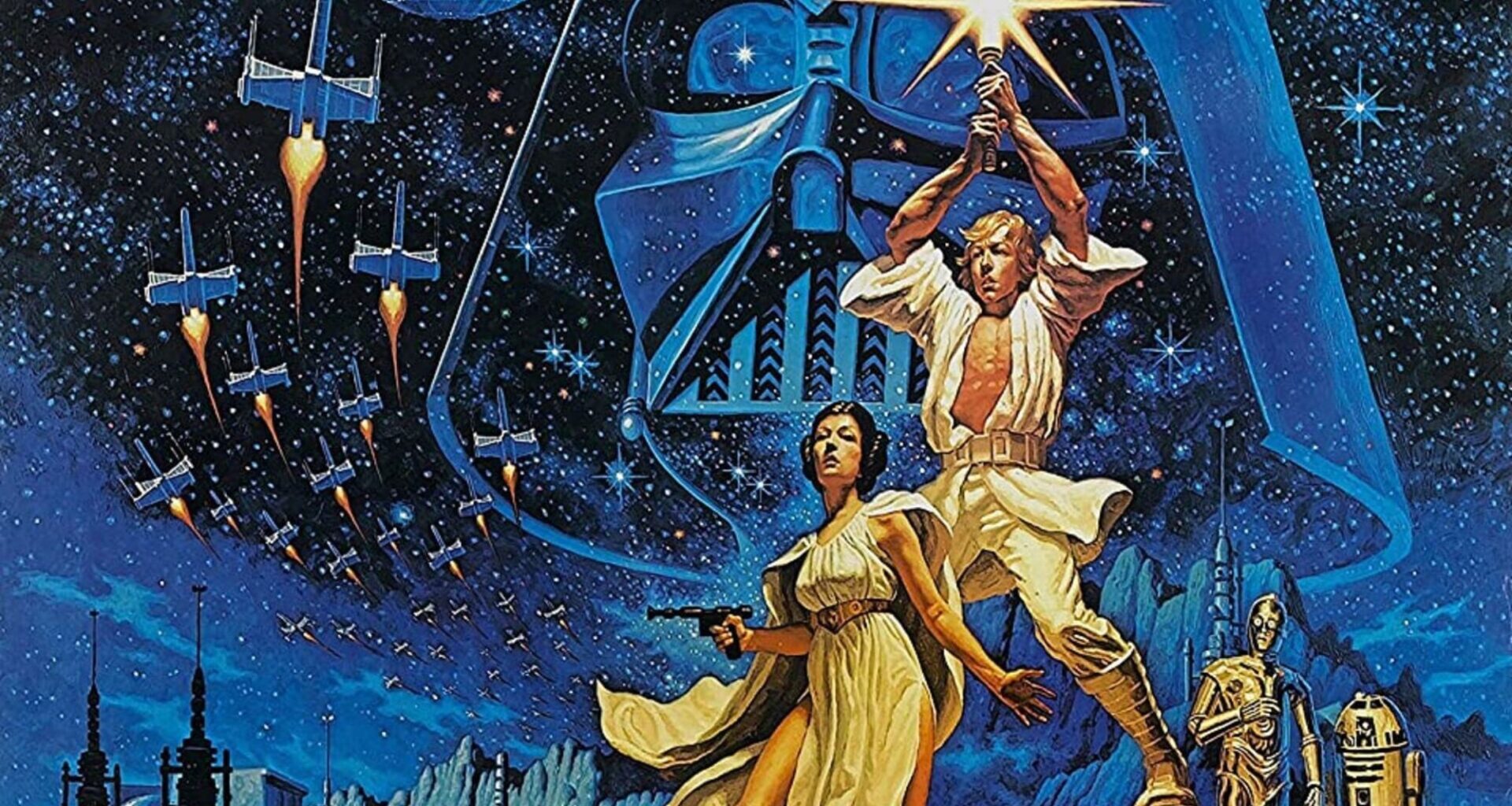There are few films as universally beloved as George Lucas’ original Star Wars. It captured the zeitgeist, made stars of its cast, introduced any number new lines and character names to the public lexicon, and kicked off a franchise that is still running strong (and still extremely lucrative) to this day. But believe it or not, there was next to no confidence in it prior to release. This includes by those at 20th Century Fox, who felt the need to package it with another film to get theaters even remotely interested in showing it across the country. Then Star Wars played on big screens for a whole year and, by the end of its initial run had accumulated $314.4 million domestically. That’s a big number even in 2025 dollars. If you adjust those 1977 dollars into 2025 dollars, however, you get the absolutely gargantuan $1.685 billion. It was then reissued not long after its run concluded and made another $22.5 million, then once more in 1981 (after Star Wars: The Empire Strikes Back) and made another $17.3 million. In other words, it was a money-printer. It was such a money-printer that a special edition was released 20 years later and did better than brand-new Batman and James Bond movies.
So why wasn’t there faith in it? It boils down to just how new it was. Even though its budget wasn’t the biggest thing in the world, Star Wars was essentially an invention within cinema. It was a soap opera in space with laser swords, people whose cloaks fall to the floor when they die, and a big talking dog-like creature that only gives out shaky roars. So, on one hand, it’s understandable there was some trepidation. On the other hand, it’s hard to imagine a world where the movie it was packaged with would be a bit hit. What was that movie? Let’s find out.
You Can’t Predict Fate
 image courtesy of 20th century studios
image courtesy of 20th century studios
20th Century Fox was so unsure of Star Wars‘ financial viability prior to its release that they packaged it with The Other Side of Midnight, which was based on a bestselling novel by prominent playwright Sidney Sheldon. This was because the majority of theaters didn’t see any potential in Star Wars either, but it wasn’t as if Fox could just take a total loss on Lucas’ film. So, if the theater wanted to show Midnight in June, it had to show Star Wars in May.
The Other Side of Midnight is a romantic drama following Noelle Page, a French woman who falls in love with an American pilot, Larry Douglas. She thinks he’ll ask her to marry him, but instead he moves back to the United States and marries an American woman named Catherine (Susan Sarandon). Noelle has moved on as well, but she can’t get Larry out of her mind. Now a famous actress, she plans to get revenge on Larry, but they instead fall in love once more and ultimately collaborate on a plot to kill Catherine and be together once and for all.
All in all, not a bad plot, but critics found the movie to be cliché, standing in stark contrast to the inventiveness of Star Wars. It was also two hours and 45 minutes long, and it’s pretty surprising that so many people thought a nearly three-hour drama with a somewhat dour tone would be a massive hit in the summer movie season. Granted, the concept of a summer movie season had been started only two years earlier by Jaws, but it’s still the antithesis to the type of movie that does well throughout the summer months. A movie like, say, Star Wars.
It goes to show that you can’t predict the future. Prior to release, nobody was really expecting the aforementioned Jaws or The Sixth Sense, Paranormal Activity, or My Big Fat Greek Wedding to be four-quadrant hits either. The inverse is true of big duds like Wild Wild West or Roland Emmerich’s Godzilla. After Men in Black and Independence Day there were plenty of people who thought Wild Wild West would do well just as there were plenty of people who saw the ads for Godzilla and thought it would be the summer’s biggest hit.
Star Wars is the ultimate sign of how audiences more often than not just want something fresh. There may not have been confidence going in, but Star Wars was nothing if not fresh. Its success was and remains a lesson for the entertainment industry.

